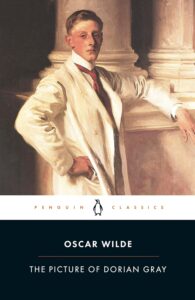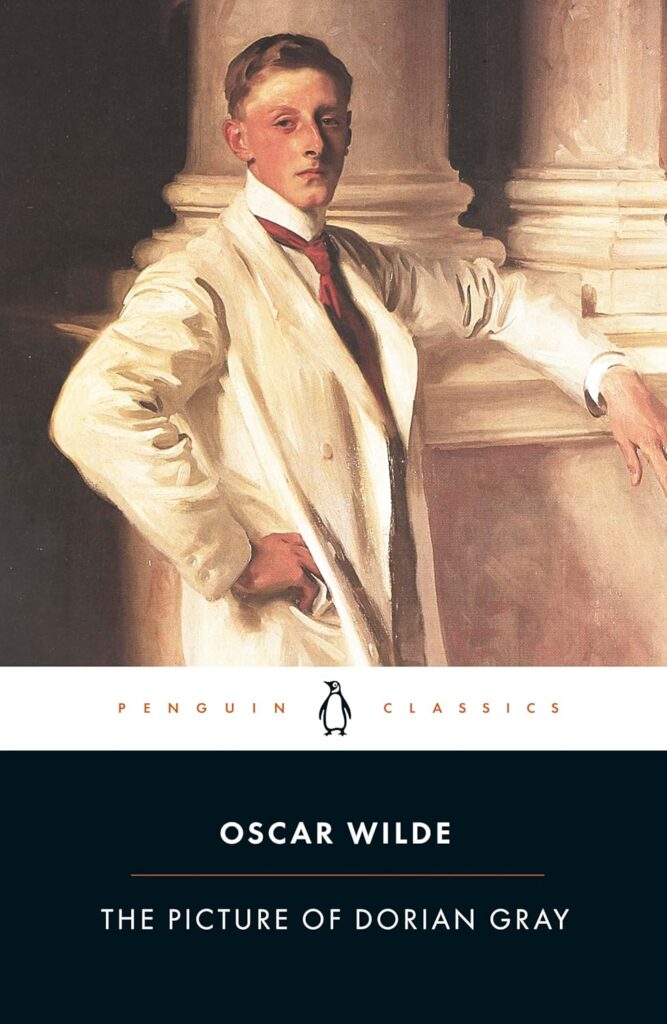The Picture of Dorian Gray by Oscar Wilde is a classic novel that has often been challenged for its themes of moral corruption, hedonism, and sexuality. When it was first published in 1890, the book shocked readers with its bold ideas and dark tone. Some critics called it immoral, and parts of the original version were censored to avoid public backlash.
Over the years, the novel has been banned or challenged for its content, especially its hints at homoerotic relationships and its focus on sinful pleasure.
The story follows a young man named Dorian Gray who is admired for his beauty. When a painter named Basil Hallward creates a portrait of him, Dorian wishes that he could stay young forever while the painting ages instead. His wish comes true. As Dorian lives a life full of indulgence and selfishness, his body stays youthful, but the portrait grows older and more twisted with every cruel act he commits.
The novel explores deep ideas like vanity, influence, and the struggle between good and evil. Dorian’s journey shows how a person can lose their soul when they care only about pleasure and appearances. The magical portrait becomes a symbol of his conscience and the hidden cost of his choices.
The Picture of Dorian Gray is still read today because it asks powerful questions about life, art, and morality. Although it was once seen as dangerous or offensive, it is now respected as one of the greatest works of English literature.
Oscar Wilde, the author of the novel, was an Irish writer and poet born in 1854. He was known for his sharp wit, clever plays, and bold ideas. Wilde lived during the Victorian era, a time when society had very strict rules about behavior. He challenged those rules through his writing and his life.
Wilde was later imprisoned for “gross indecency” because of his homosexuality, which was illegal at the time. Despite his tragic end, he is remembered today as one of the most brilliant and unique voices in literary history.




